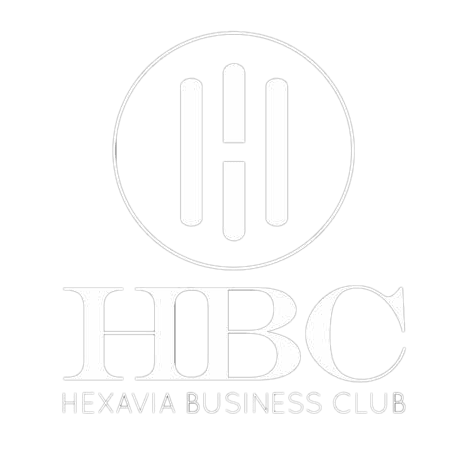The fashion industry is really big with so much potentials. According to Fashion United, the global apparel market is valued at three trillion dollars ($3, 000, 000, 000, 000). This accounts for 2% of the world’s Gross Domestic Product (GDP). The fashion industry includes many sub-industries, broken down below to show:
- The women’s wear industry is valued at 621 billion Dollars
- The menswear industry is valued at 402 billion Dollars
- The retail value of the luxury goods market is 339.4 billion Dollars
- Children’s wear had a global retail value of 186 billion Dollars
- Sports footwear is valued at 90.4 billion Dollars
- The bridal wear industry is valued at 57 billion dollars
Fashion Designers Association of Nigeria (FADAN) estimates the nation’s fashion industry to be worth about 10 billion USD (about N1.55 trillion) in 2014. NAN reports that the Textile, Garment and Footwear sub-sector currently accounts for about 0.47% ($380 billion) of Nigeria’s rebased Gross Domestic Product. But according to a recent PricewaterhouseCoopers (PwC) report, Nigeria’s fashion industry is expected to grow from the $4 billion USD high it was in 2014 to $8.1 billion in 2019, at a compound annual growth rate (CAGR) of 15.1%.
Nigerians show a penchant for wearing the best, latest and most fashionable designer wears, and this has turned the fashion industry into a huge money spinner. Prior to the recent upsurge in the clientele for it’s colorful products, the nation’s fashion industry was in near limbo. Through the bold exploits of the nation’s fashion designers, the industry has started making huge impact in the global fashion community. With the emergence of big Nigerian brands like Frank Oshodi, Lanre da Silva Ajayi, Deola Sagoe, Ohimai Atafo (Mai Atafo), Ngozi Cardow (Zizi Cardow), Uduak Umondak, Folake Folarin Coker (Tiffany Amber), Lisa Folawiyo (Jewel By Lisa), Omoniyi Makun (Yomi Casual Clothing), Mudiaga Enajemo (Mudi), Bridget Awosika, Olakunbi Oyelese (April by Kunbi), Sophisticat, Rose of Sharon, Vivid Imagination, Dakova, Latris, Duro Olowu, etc. There are also up and coming designers too: Josh Samuel (Laureat in the Lagos Fashion and Design Week/MTN 2012), Kunmi Otitoju, Agu Anumudu (Agu), Jennifer Adighije (House of Silk), Nubian Diva to mention a few.
Internationalization of Nigerian Fashion
Compared with many African countries, Nigeria started internationalizing her fashion rather lately when she exhibited her designs in Paris in 2000 (Nigerian Fashion Show, organised by Legendary Gold). At the individual designer level though, designs from Nigerian designers like Sophisticate, Rose of Sharon, Vivid Imagination, Dakova, Jimi King and Latris were already circulating and captivating the international market. There has been a host of fashion shows in Nigeria, London, New York, etc. with Nigerian government involvement since then and there are plans for many more with the aim of internationalizing the Nigerian fashion. One of the most recent efforts is the launch of GT’s Fashion Week, Ndani (Nigeria Fashion Project) at Selfridges in London, where the Nigerian brand will be showcased in the world retail fashion factory.
But If you must build a strong brand with a sustainable business and operation’s model, you’ll need to consider the management framework for a sustainable fashion organization.

Management Frameworks for a Sustainable Fashion Organisation
The following are the major areas that must be developed for growth and sustainability:
- Corporate profiling that clearly defines the Vision, Mission, Core Values and Brand Essence of the firm. The individuals, group and organisation as a whole must be on-boarded, trained and orchestrated to reflect this. All of this must translate into the corporate culture.
- Development of a Business Plan that is constantly updated with practicability to reflect the organisation as a going concern.
- Development of Standard Operating Procedures, embedded in an operations plan.
- Automation of its core processes through an ERP software, backed by a strong surveillance and audit mechanism.
- Organogram and Organizational Structure
- Compliance and Control
- Compilation, Review and Update of Vendors
- Brand Promises (what the brand promises all its stakeholders –Employees, Customers, Shareholders, Host Communities), documented and followed through via a Brand Manual and its Marketing Plan
- Job Description and Employee Manuals
- Document and Process Review Flowchart and a Change Management Framework
- A good workforce powered by the right Staffing/Recruitment/Training/Remuneration/Sticks and Carrots
- Deep On-Boarding Process
- Training on Specific Knowledge Areas and a culture for Open Sourced Knowledge Sharing
Eizu, ©Hexavia!
Strategy. Business StartUps and Corporate Restructuring. Projects. Training. Retreats. Consulting
08035202891



1 comment
Thank you